“Tackling climate change is one of America’s greatest economic opportunities of the 21st century (and it’s also the right thing to do.)”
The above statement was from a different time—five years ago, to be exact. BICEP, Ceres’ business division, was working on a campaign* to rally the private sector to influence public sector action on climate change. BICEP opted for a no-nonsense sustainability marketing campaign and message about the economic benefits of sustainable business (of which the above sentence was the opener) and a shareable medium (a digital Declaration of beliefs). Within months of launching, hundreds of CEOs of companies from Mars to Starbucks to GM signed, shared, and even replicated the Declaration. It made it to Washington and into President Obama’s speech at Georgetown University, ultimately providing the President with ample political cover for pushing through legislation to limit fossil fuels and consequently supporting businesses with responsible agendas.
I’ll say it again—what a different time we live in today.
The good news is that this statement is no less true than it was five years ago, and that sustainability commitments—of the environmental, social, and economic varieties—have become embedded into modern business practices. The bad news is that the rift between the public and private spheres means that receptivity to a sustainability-centered agenda at the national level is unlikely. Now, it’s imperative that business leaders double down on talking the talk as well as they are walking the CSR walk to influence the ultimate power player: the American consumer. After all, the conditions are perfect. 63% of Americans are looking to the private sector to take the lead on sustainability going forward, and 87% are ready to support the businesses that step up.1
Borrowing from our work with Challenger brands in the clean energy and social sectors as well as best practices from the consumer brands that we admire, here are some high-level tips for furthering your sustainability-driven value proposition with communications.
The best way to talk about sustainability may be to not talk about sustainability at all.
64% of consumers who would otherwise be your evangelists will ignore the entirety of your communications if they include difficult-to-understand terms.2 After decades of overuse and misuse, “sustainability” is one of those terms. While basic education can help to fill the understanding gap, showing what sustainability means to the consumer speaks even louder than the word. For example, GE and Unilever are two heavyweights that integrate impactful proof-points around their sustainable innovation and food waste reduction programs directly into product communications and packaging.
Prioritize your sustainability marketing campaign around the top 10 emotional triggers.
A recent Harvard Business Review study3 surfaced hundreds of motivations that drive purchasing behavior across industries. In particular, 10 “high impact” motivators significantly affected customer value across all categories—and all are emotional triggers. Communications around corporate sustainability efforts don’t need to be ‘corporate’ to convert. Case in point: our recent work with MIT to market their sustainability initiative took an intellectual argument—capitalism as the engine for sustainability—and brought it to life in a conversational, power word4-filled narrative that conjured a cleaner, fairer world and compelled our audience to buy into MIT’s solution to get there.
Be okay with being real in communications.
Most Americans today just want a reality check—in fact, 90% of them say that it is okay if a company is not a perfect, as long as it is honest. Patagonia has long been heralded for a brand-level commitment to “radical transparency” and nowhere is this clearer than in the Footprint Chronicles. Launched in 2007, the multi-year campaign reveals stories of the company’s work to create a sustainable supply chain, and the practices—good and bad—that go into each of their products. Today, the Chronicles are woven into the shopping experience, inform product improvements, and fuel customer engagement. Proof that being real has business benefits (and it really IS the right thing to do).
Speaking of, there has never been a better time to be committed—as a business leader—to doing what’s right. And there’s never been a more important time to keep the conversation around sustainability going. Here’s hoping that this provides a bit of inspiration to keep moving in the right direction.
*Captains served as marketing partner to BICEP on the Climate Change Declaration.



 On June 27th, One of our Founders & Principal, Ted Page, presented a talk on clean energy branding and marketing at the
On June 27th, One of our Founders & Principal, Ted Page, presented a talk on clean energy branding and marketing at the 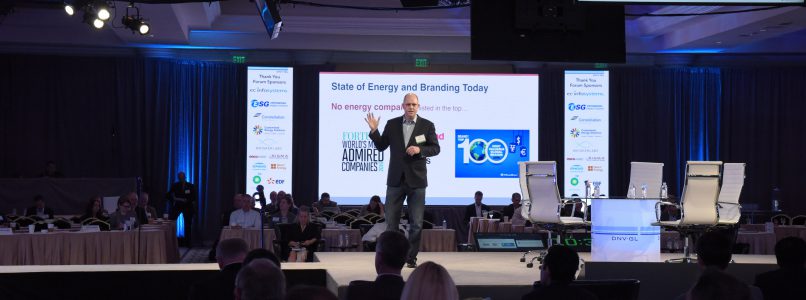
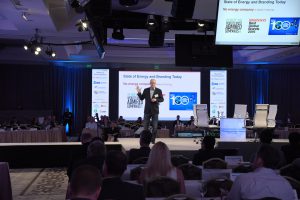 On May 16th, our President & CEO, Clift Jones, presented and moderated a panel in front of several hundred of the country’s most prominent energy executives. At
On May 16th, our President & CEO, Clift Jones, presented and moderated a panel in front of several hundred of the country’s most prominent energy executives. At 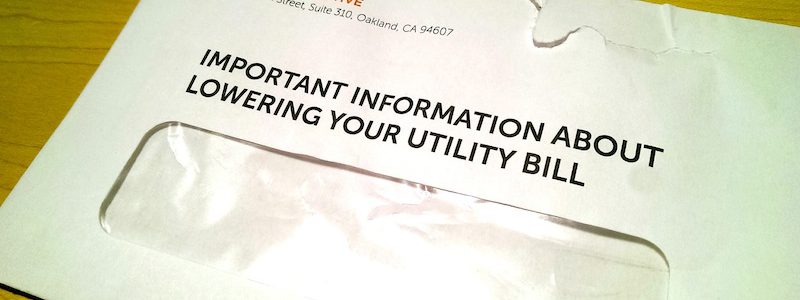
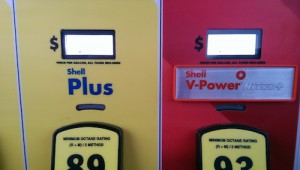
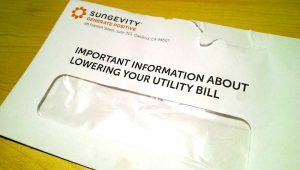

 The energy landscape—particularly in the Unites States—is going through a profound shift. This requires companies to communicate differently.
The energy landscape—particularly in the Unites States—is going through a profound shift. This requires companies to communicate differently.
 Cape Wind has been stalled for years and recently lost its contracts with utilities, a potential end to their dream of being (as their site currently claims) “America’s first offshore wind farm.” Deepwater Wind, however, recently got a green light on a major financing deal and will begin construction in 2015. Deepwater will in fact be America’s first offshore wind farm.
Cape Wind has been stalled for years and recently lost its contracts with utilities, a potential end to their dream of being (as their site currently claims) “America’s first offshore wind farm.” Deepwater Wind, however, recently got a green light on a major financing deal and will begin construction in 2015. Deepwater will in fact be America’s first offshore wind farm. 
 Big data-fueled market segmentation is by no means new marketing strategy, but it is increasingly being exploited in sectors beyond consumer goods (e.g.
Big data-fueled market segmentation is by no means new marketing strategy, but it is increasingly being exploited in sectors beyond consumer goods (e.g. 
